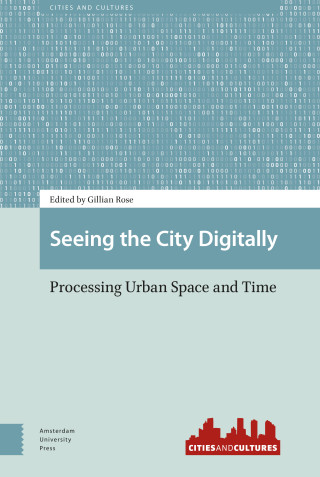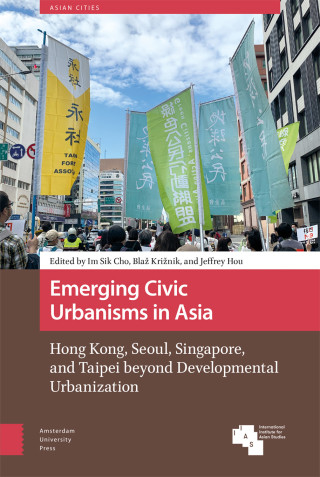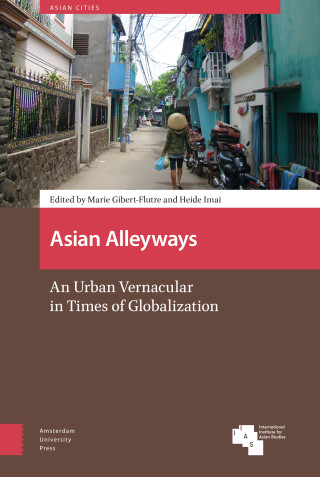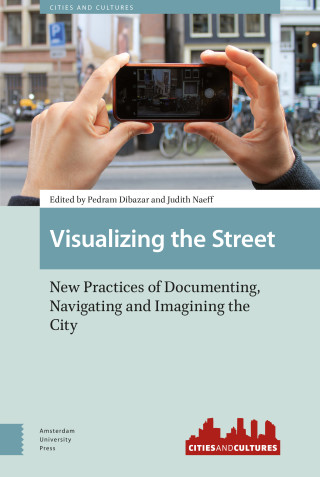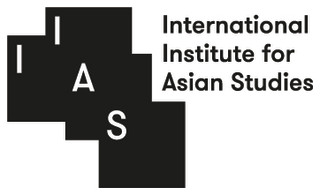
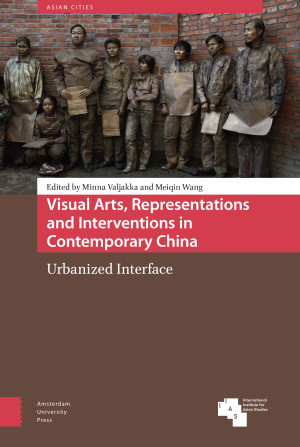
- Title
- Visual Arts, Representations and Interventions in Contemporary China
- Subtitle
- Urbanized Interface
- Editors
- Minna Valjakka
- Meiqin Wang
- Price
- € 129,00 excl. VAT
- ISBN
- 9789462982239
- Format
- Hardback
- Number of pages
- 324
- Language
- English
- Publication date
- 24 - 08 - 2018
- Dimensions
- 15.6 x 23.4 cm
- Series
- Asian Cities
- Partner

- Category
- Cultural Studies
- Discipline
- Asian Studies
- Preview
- Download Preview
- Also available as
- eBook PDF - € 128,99
Contents
LIST OF FIGURES
ENGAGEMENT WITH THE URBAN: VISUAL ARTS AS A FORM OF CULTURAL ACTIVISM IN CONTEMPORARY CHINA
PART I: REPRESENTATIONS
CHAPTER 1 FROM SIDEWALK REALISM TO SPECTRAL ROMANCE: YANG LINA’S BEIJING AND BEYOND
CHAPTER 2 URBAN HISTORY FROM BELOW: THE ARTWORKS OF ZHANG DALI, JIN FENG AND DAI GUANGYU
CHAPTER 3 THE TRANSIENT CITY: URBAN TRANSFORMATION IN CHINESE CONTEMPORARY PHOTOGRAPHY
CHAPTER 4 SHADOW OF THE SPECTACULAR: PHOTOGRAPHING SOCIAL CONTROL AND INEQUALITY IN URBAN CHINA
CHAPTER 5 CHINA DREAMING — REPRESENTING THE PERFECT PRESENT, ANTICIPATING THE ROSY FUTURE
PART II: URBAN INTERVENTIONS
CHAPTER 6 URBAN INSERTION AS ARTISTIC STRATEGY: THE BIG TAIL ELEPHANT WORKING GROUP IN 1990S GUANGZHOU
CHAPTER 7 CAO FEI’S ‘MAGICAL METROPOLISES’
CHAPTER 8 RELOCATING FURTHER OR STANDING GROUND? UNOFFICIAL ARTISTS AND INDEPENDENT FILMMAKERS IN THE BEIJING PERIPHERY
CHAPTER 9 OUT OF SERVICE: MIGRANT WORKERS AND PUBLIC SPACE IN BEIJING
CHAPTER 10 TRANSLOCAL SITE-RESPONSIVENESS OF URBAN CREATIVITY IN MAINLAND CHINA
Minna Valjakka, Meiqin Wang (eds)
Visual Arts, Representations and Interventions in Contemporary China
Urbanized Interface
This edited volume provides a multifaceted investigation of the dynamic interrelations between visual arts and urbanization in contemporary Mainland China with a focus on unseen representations and urban interventions brought about by the transformations of the urban space and the various problems associated with it. Through a wide range of illuminating case studies, the authors demonstrate how innovative artistic and creative practices initiated by various stakeholders not only raise critical awareness on socio-political issues of Chinese urbanization but also actively reshape the urban living spaces. The formation of new collaborations, agencies, aesthetics and cultural production sites facilitate diverse forms of cultural activism as they challenge the dominant ways of interpreting social changes and encourage civic participation in the production of alternative meanings in and of the city. Their significance lies in their potential to question current values and power structures as well as to foster new subjectivities for disparate individuals and social groups.
Editors
Minna Valjakka
Dr. Minna Valjakka holds a Title of Adjunct Professor of Art History and Asian Studies at the University of Helsinki.
Meiqin Wang
Dr. Meiqin Wang is Professor of Art History at California State University, Northridge.

